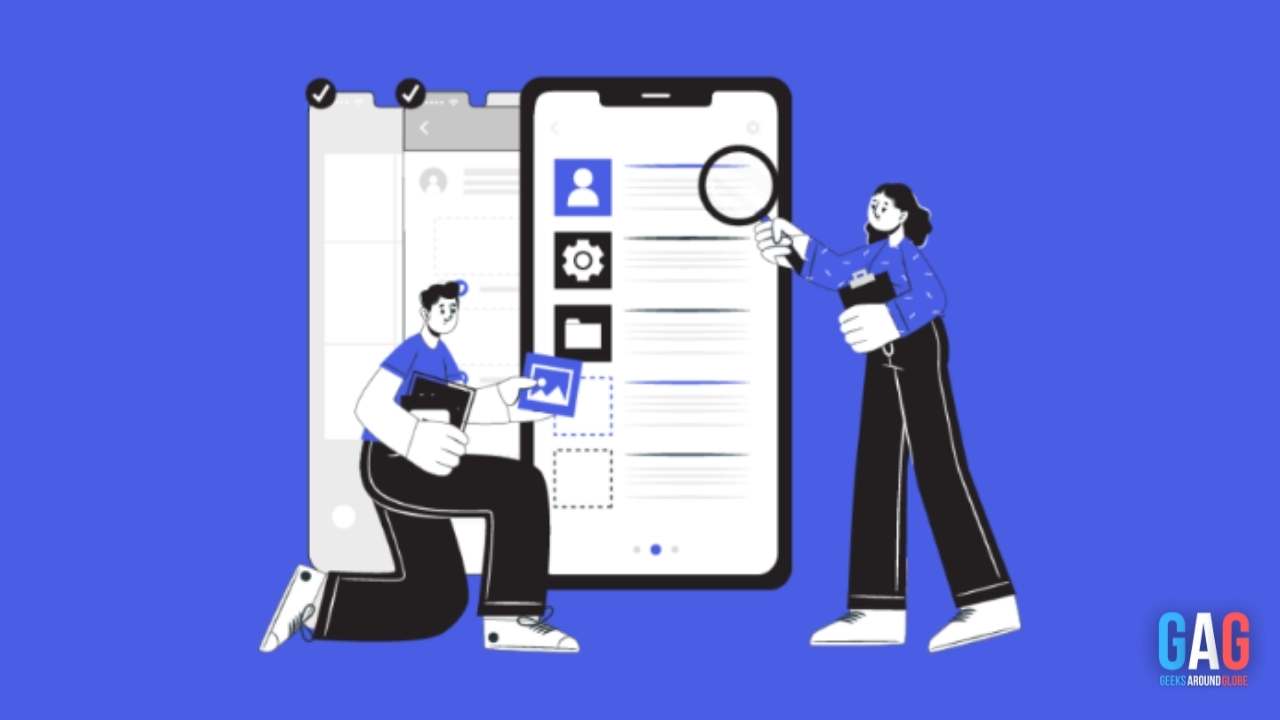Security is a top concern for all software programs in the modern digital world. Unfortunately, many developers still prioritize speed and functionality over security, which puts both their users and their business at risk.
It is, therefore, crucial to ensure that software applications are designed securely, given the rise in cyberattacks, software flaws, and data breaches. Security controls must be implemented at every level of the development cycle, from planning and design to coding, testing, and deployment.
All this can be achieved through a process defined as secure app development.
What Is Secure App Development?
Secure app development is the process of designing, building, and maintaining applications with security in mind from the very beginning. This includes implementing security measures such as encryption, authentication, and access controls, as well as regularly testing and updating the application to address any vulnerabilities.
In this article, we’ll explore the importance of secure app development and how it can help businesses protect themselves and their users from cyber threats.
The Important Processes in Secure App Development
Threat modeling entails locating potential threats and weaknesses in the application and its surroundings through the following processes:
- Encryption: Sensitive data should be encrypted at rest and in transit to protect it from unauthorized access. To find and fix security flaws, security testing must be done at every stage of development.
- Authentication and authorization: When developing a secure app, care should be taken to ensure that users are both authenticated and permitted access to the app’s functionality.
- Code review: Regular code reviews can aid in finding security problems early in development. Developers should cleanse user data, check input, and use secure frameworks. These methods are referred to as safe coding methods.
- Access control: Only authorized users can access sensitive data and application functions.
- Incident response: A robust incident response plan should be in place to address security incidents quickly and lessen their effects.
- Compliance: The application should comply with relevant security and privacy regulations and standards.
Why You Need Secure App Development
The majority of the code of a native mobile app is client-side. This makes it simple for mobile malware to follow faults and vulnerabilities in the source code and design. Secure app development should always be a priority for any mobile application project. The reasons include:
Improved User Experience
Securely developed applications provide users with a better experience overall since they don’t need to worry about issues such as identity theft, stolen passwords, and other problems caused by poor application security.
Reduced Risk of Data Loss
By utilizing effective encryption methods when handling user data, businesses can reduce the risk of data loss due to malicious attacks or other issues related to poor application security. Encrypting user data ensures that only authorized individuals can access it, preventing hackers from gaining control of private information.
Meet Compliance Requirements
For companies subject to industry regulations such as HIPAA, GDPR, and PCI-DSS, securely developing applications is essential to meet compliance requirements. Adequately encrypted data protects customer privacy while adhering to industry standards and avoiding hefty fines associated with noncompliance.
Strengthens Brand Image & Reputation
Finally, creating secure applications strengthens your brand’s image and customer reputation. It improves customer loyalty and confidence, allowing you to differentiate yourself better from competitors who may need more security measures.
In Conclusion
Making safe and secure apps for users requires secure app development. Developers must incorporate security measures at every level of the development cycle, from planning and design to deployment, in light of the rising number of cyber threats.
This entails using encryption, authentication safeguards, code signing, secure data storage, secure communications, and adherence to secure coding best practices. Using these strategies, developers can create safe apps that satisfy user expectations and offer a fast and entertaining experience by putting these precautions in place.







